| marc7 travels |
|
My first day in Metro Bacolod just blew me away. I completely fell in love with Silay City that I was controlling myself from the temptation to just spend my whole visit in Silay. I have laid out my itineraries and plans for my trip before even landing in Bacolod City and my second day was planned to discover Bacolod City. I had to stick to the plan and so I was off to discover the City of Smiles. One of my rules when I travel, especially when I am on alone on an exploration trip, is to explore the place using public transportation which is an adventure by itself. Getting lost in a new place is as exciting as getting around a loop of a rollercoaster. The good thing about Bacolod is that should the case be that you get lost, there are taxis that can take you to your next destination or back to your hotel. A Morning Encounter with Bacolod City: The City that Made Me Smile Bacolod is relatively a big city but going around is easy. I suggest that you consult with the staff of the hotel where you are staying on how to get around by public commute, the same way that I did mine. I prepared a list of places that I wanted to see and with the size and geography of the city, I had to divide the city into two: one area to be explored in the morning heading towards Panaad and the second half in the afternoon heading towards Talisay. San Sebastian Cathedral One thing that I really enjoyed with my stay at The Suites at Calle Nueva, apart from their outstanding customer service, is its access to public transportation and its proximity to the city center and to SM Bacolod. My first stop was the San Sebastian Cathedral, just a few meters from where I was staying. The church is one of the structures that usually stand out in any city or municipality that you visit here in the Philippines so it is not unusual for one to find a church, along with a government hall, as a central structure in a community. Bacolod is not an exception. The original church was constructed in 1825 that was made of wood and galvanized roofing. The construction of the current coral structure started after the foundation stone was laid in April 27, 1876. Utilizing materials from Guimaras and Palawan, the church was constructed using prisoners as manpower. Finally, on the eve of the feast of San Sebastian in January 19, 1882, the biggest church in the region was blessed by Bishop Cuartero. Now the structure stands as a remembrance of religious influence during the Spanish times and now serves as the seat of the Diocese of Bacolod after its declaration as a cathedral church in 1933. My travel itineraries will always include the place’s church as it has a direct reflection on the community’s lifestyle. The altar of the cathedral is adorned in gold and is very majestic with its gold hues. The design shows affluence to which Bacolod, even Negros, has been identified with its sugar plantations and hacienderos. If it is your first time to visit the cathedral, take the time to light a candle and say a little prayer of thanksgiving. And do not forget to knock three times on the cathedral door and then make a wish. Centennial Bells On the grounds of the San Sebastian Cathedral, one will find two mounted church bells. These are the centennial bells of San Sebastian. The bells were first mounted in 1879 in the cathedral grounds. On the centennial year of the cathedral, both bells were brought down and were installed on the right side of the church yard. The bells are easily seen as you enter the gates of the cathedral. The bigger bell was donated by Father Mariano Avila in 1866 during his term as Bacolod’s Parish Priest and the smaller bell was donated by Father Mariano Ferrero in 1890. Palacio Episcopal Any visitor will not miss out on one of Bacolod’s architectural landmarks, the Palacio Episcopal, located on the left side of the cathedral. Established in 1830 by Fr. Julian Gonzaga, the Palacio Episcopal is older than the San Sebastian Cathedral. The building was also the place where Spaniards sought refuge during the Cinco de Noviembre Revolution. Also known as the Bishop’s Palace, it presently houses religious offices of the Diocese of Bacolod. Bacolod Public Plaza Just right in front of the San Sebastian Cathedral is the Bacolod Public Plaza. It is a public park with a wide open space at the center where the Band Stand and Gazebo are located. This is a venue where free shows are being held. The plaza is surrounded by trees which gives it a refreshing atmosphere even if it is located at the center of downtown Bacolod. One would see locals spending the afternoon in the area. However, the park is not properly maintained and I have also noticed that there were park fountains that were not functioning but were also filthy because of the improper disposal of garbage and stale water. It is such a pity that a beautiful park like the Bacolod Public Park is wasted because of neglect from the local government. Old Bacolod City Hall A few blocks from the Bacolod Public Plaza, along Araneta Avenue, one will find the Old Bacolod City Hall. Right in front of hall is the fountain of justice. The place is significant in history of Negros as this was the place where the Spanish officially surrendered in 1898. The land where the city hall stands was donated by the prominent Luzuriaga clan of Bacolod to the provincial government after Don Jose de Luzuriaga decided to return to Spain. However with the relocation of local government offices to the new government building, I have observed that the place and the fountains were no longer maintained properly even if the place played a major part in Negros and Philippine history. Lupit Church One can take a jeepney with the sign “Bata Libertad”, in front of the San Sebastian Cathedral, to get to Lupit Church. You can ask the driver to drop you off at Lupit Church. One look at Lupit Church and you will mistake it as a Protestant Church. The architectural design is similar to local Protestant Churches in the US, with high and pointed steeples. The unique design is complemented by the huge trees and vast space of the church’s compound. It was just unfortunate that the church was closed at the time of my visit and I was not able to take a look of the Church’s interior. San Antonio Abad Parish Church The San Antonio Abad Parish Church is just a few minutes away from Lupit Church. You need to take a jeep with the “Pulapandan” signage and you can ask the driver to drop you at the church. The church is situated along a peaceful area of Bacolod. The church has a simple design from the outside with an image of Saint Francis of Assisi to greet you as you approach the church’s doors. Unfortunately, the church was also closed at the time of my visit and I had to contend with just taking a peek from the outside…good thing the windows allowed me a good view of the church’s interiors. The interiors had high ceiling that allowed fresh air to circulate in the area. The design of the altar was modern and the altar has an imposing figure of the Risen Christ. The altar in itself is simple and modest. The church invokes simplicity compared to that of the San Sebastian Cathedral and the design allows natural light to illumine the church. Golden Fields Commercial Complex My research on the internet on Bacolod mentioned that the Golden Fields Commercial Complex is one of the best places to go in the evening for one looking for a good night out in Bacolod. However, visiting the complex in the morning will give you a different feel. It gives you the vibe that the place comes alive starting in the afternoon. The complex has shops and restaurants around. It even houses a water park. The place is reminiscent of Ayala Alabang during the early 90s. One can get there by taking a jeep, with the signage “Pulapundan”, from the San Antonio Abad Church. Bong-Bong Pasalubong The name Bacolod will always be attached to Piaya. It is one of the known “pasalubongs” from the city. Bong-Bong is one of the famous brands of Piaya in the region. It has a shop along Alijis where they sell Piaya and other delicacies. If one is lucky enough, you will also get to see how the Piaya is made. From Golden Fields, one can get a jeepney with the signage Alijis. Ask the driver to drop you off at Bong-Bong’s. The trip is relatively short and most drivers are familiar to the place. The shop has a lot to offer, apart from Piaya. The staff is accommodating and they are trained on how to pack the sweets for easy handling during travels. It is definitely a must visit place for those searching for the right “pasalubong” to bring home. St. Jude Thaddeus Parish If there is one church that captured my heart in this Bacolod trip, it is the St. Jude Thaddeus Parish in Alijis. To get there, one needs to hop on a jeep with the signage of “Alijis”. It is just a few minutes ride from Bong-Bong’s. From the outside, the church looks rather simple with a small garden on its side. The beauty is seen inside the church – it's altar. The altar is designed with a huge image of the Risen Lord. The image is magnificent with the special visual design that it is floating in mid-air. It will keep anyone looking at it in awe. It is definitely a church that one should include in their trip to Bacolod. Panaad Park and Stadium Bacolod is also known as the “Football Capital of the Philippines”. Even before the rise in popularity of the Azkals, Bacolod has been at the forefront of developing its talents in sports and the Panaad Park and Stadium is a testament to the local government’s effort. The park is situated along the outskirts of the city and public transport is available to anyone who wishes to visit the park. From St. Jude Thaddeus Parish, one takes a jeep with the signage “Alijis RPHS” and the jeep will enter the village where the Panaad Park and Stadium is located. The Park is also the venue for annual Panaad Festival where the different city and municipal government feature their produce and talents. That is the reason why you would see the replicas of the different city and municipal halls as you enter the park. The place becomes alive during the festival. The park has its own track and field, swimming pool, and other sports facilities which is open to the public. I took the opportunity to check out the stadium where the Azkals recently played and it was well-kept. The proper maintenance of the complex is a great indication on how the local government supports its local sports project.
The downtown walking tour, the church visits, and the visit to Panaad Park and Stadium was a morning affair for me on my second day in Bacolod. There was still the other half to conquer which I planned to do in the afternoon. Heading back to downtown was easy as the jeepney also heads back directly to downtown. It rained slightly on my way back to the city and it was cool to feel the breeze on midday. I knew then that I would also enjoy my afternoon session in Bacolod.
0 Comments
Leave a Reply. |
Marc del Rosario
I believe in education, entrepreneurship, and caring for the environment. Archives
June 2024
|
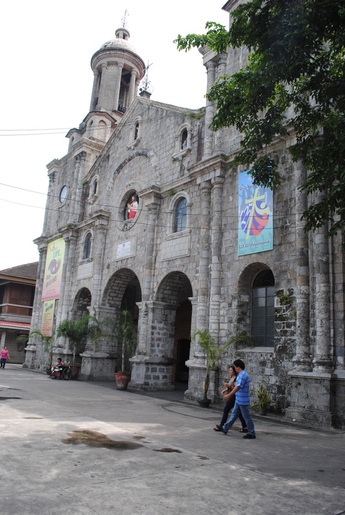
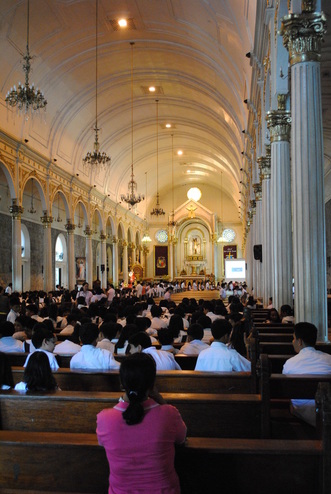
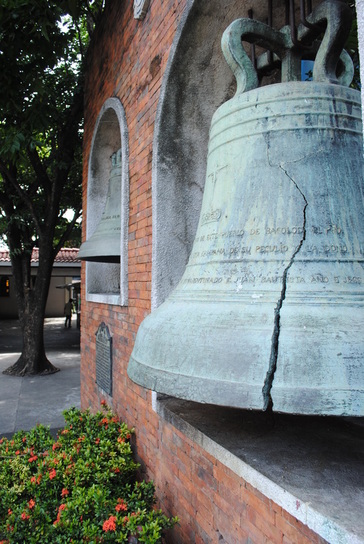
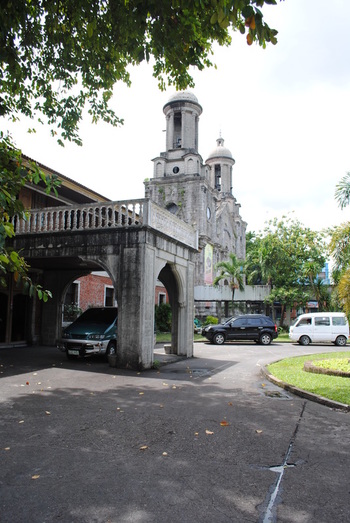
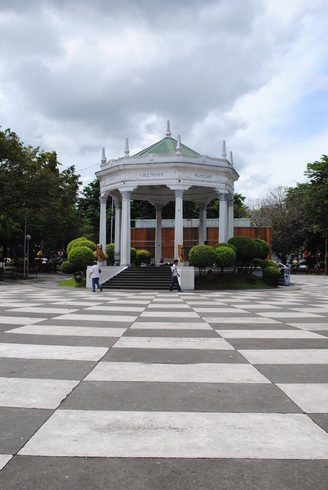
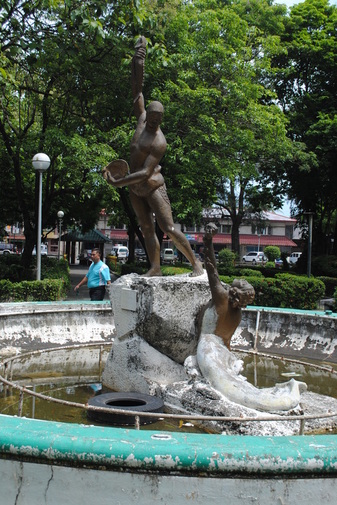
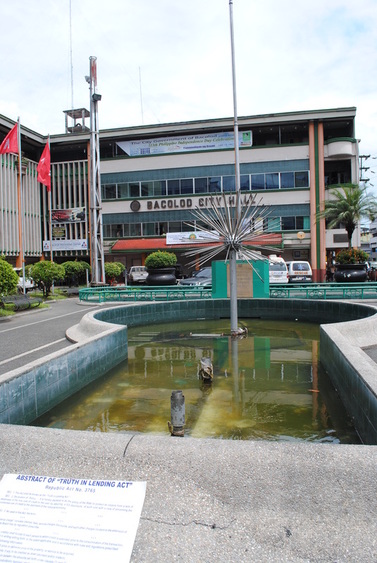
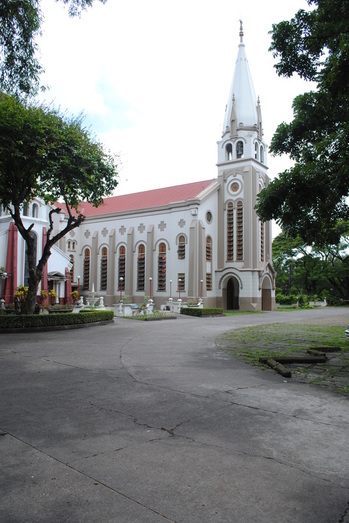
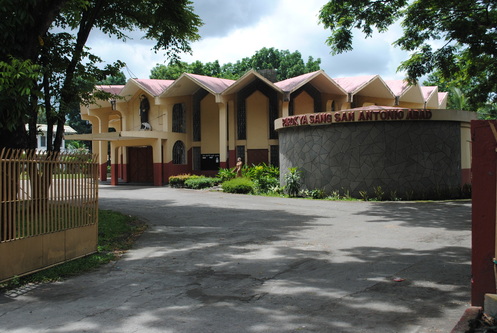
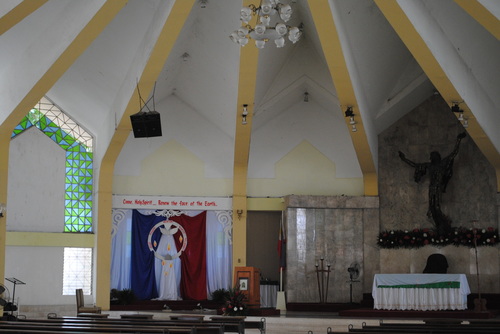
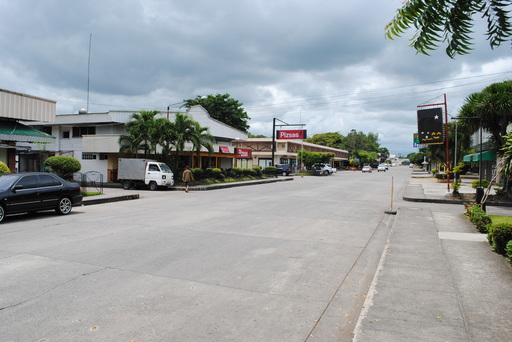
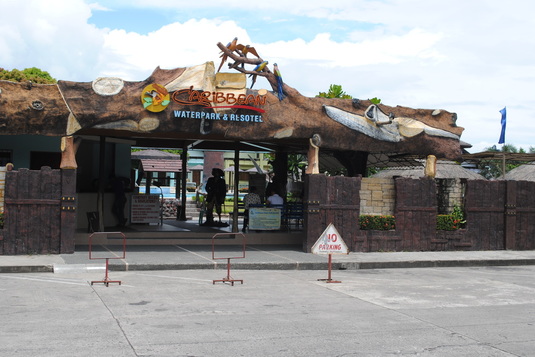
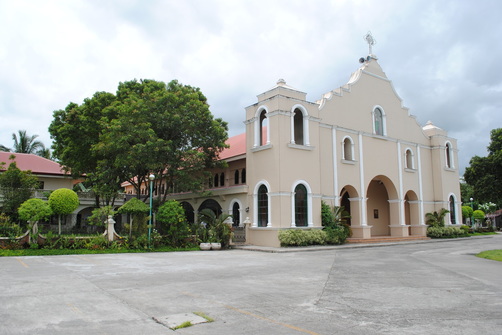
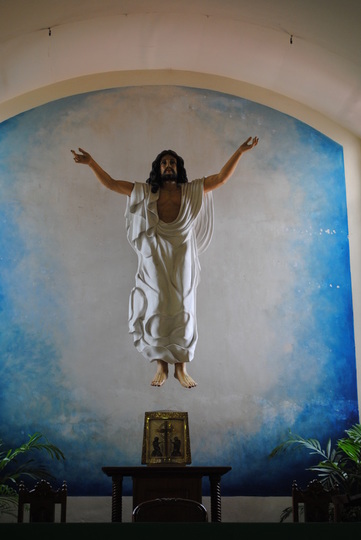
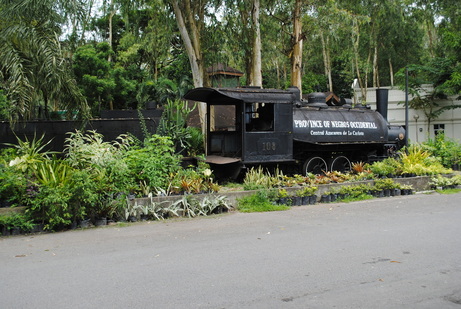
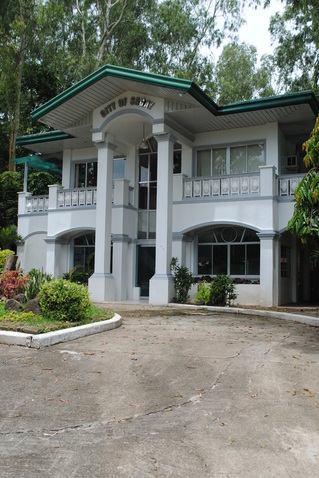
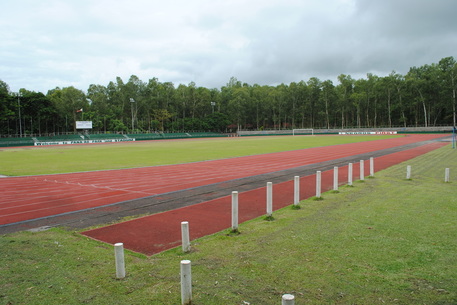
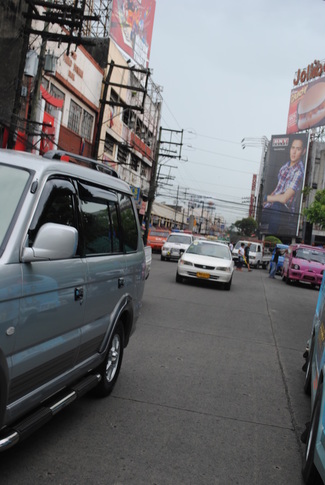

 RSS Feed
RSS Feed